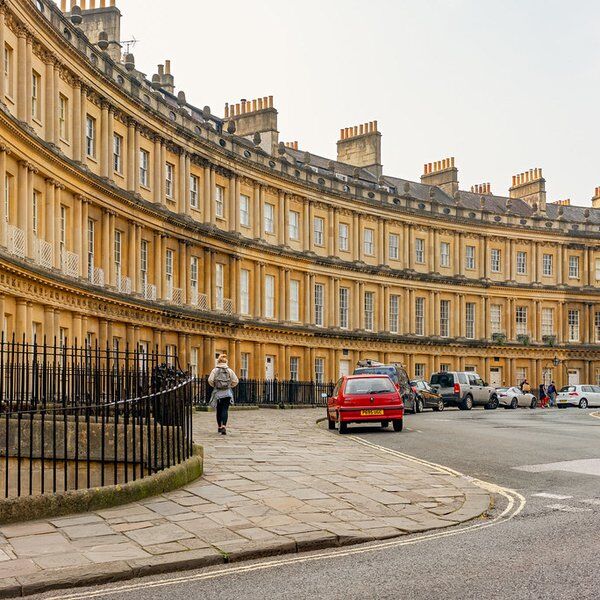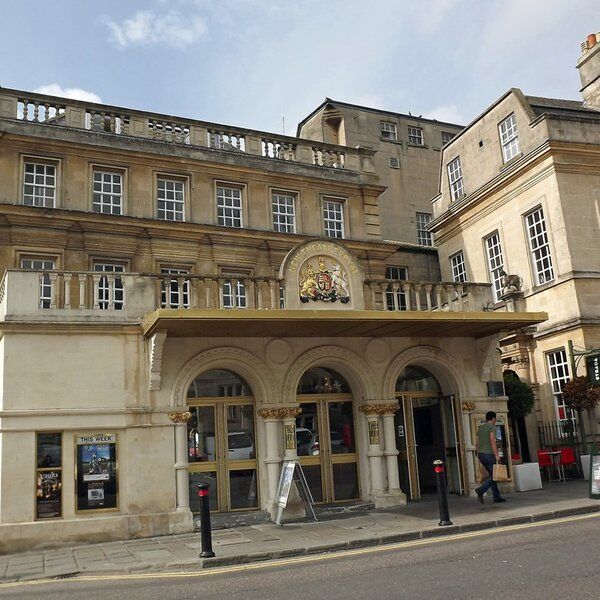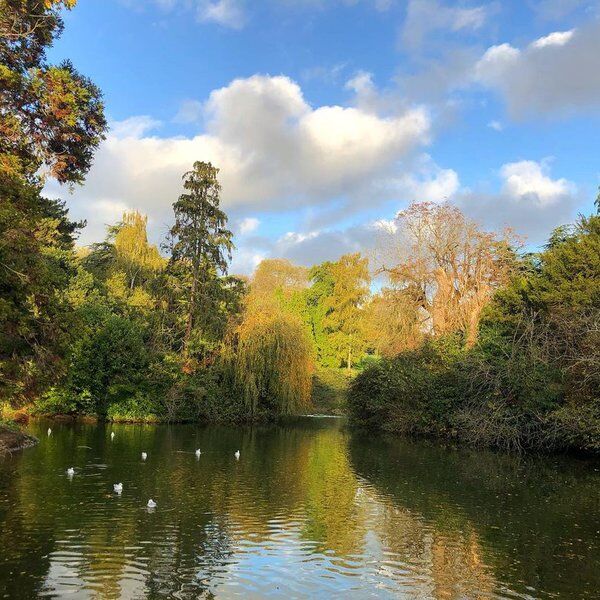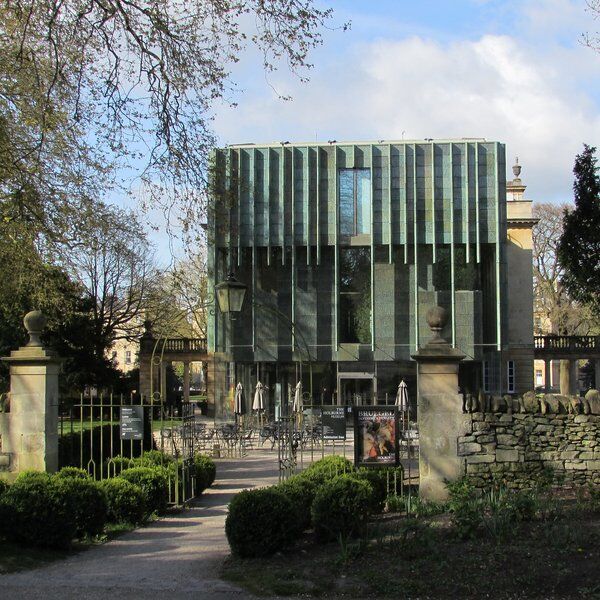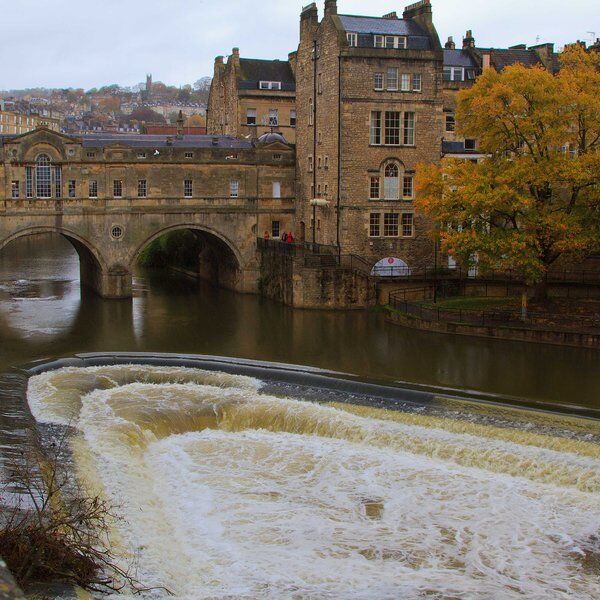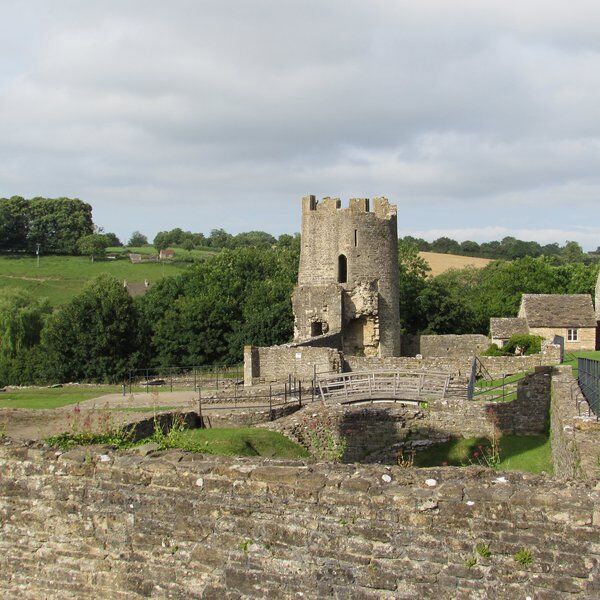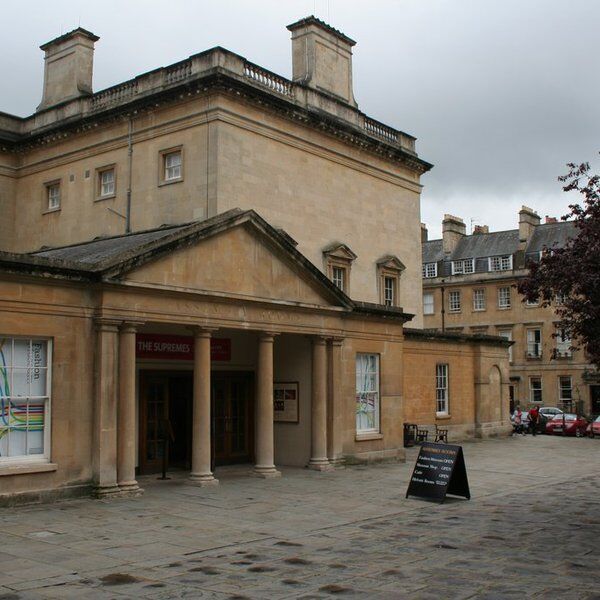The aptly named Sham Castle near Bath is a window into the excesses of England's nobility during the 18th century.
About Castles
Castles have historically been constructed as defensive strongholds, as a statements of power – both social and political – and as a testament to the wealth of their owners. They are expensive to build, expensive to maintain, and expensive to live in due to the massive overheads involved. The sheer volume of work and materials needed to even build a castle is massive.
Take, for example, Caernarfon Castle in Wales. Built in the Middles Ages, 700 years ago, it took 47 years and £25,000 to complete. Adjusted for inflation, that’s roughly £25million.
And the costs didn’t stop there.
Once built a castle is both a blessing and a curse: a blessing if you’ve got the income to support the lifestyle, but a curse if not. Take, for example, Charles Greville the 7th Earl of Warwick, aka the Duke of Hollywood. A legitimate peer, from 1936 onwards he turned to acting to help fund the upkeep of Warwick Castle. At the time he described his acting career as ‘pocket money’ but after numerous failed attempts to make it big on the silver screen and after charitable activities during and following WWII, he was forced to sell the estate – the Castle and its contents including heirlooms. He fled England to avoid taxes and ultimately settled in Rome.
If you think your heating bill is bad, imagine heating a sprawling medieval monument! Fans of Downton Abbey might have a solid idea as to why so many of England’s historic estates made their way into the hands of the public, becoming owned and maintained by bodies such as the National Trust.
A Builder’s Folly
In the C17th – C18th there was a rising appreciation of certain aesthetics. The Picturesque Ideal was defined in 1782, but even before then there was a surging appreciation for a romanticised view of English history and the aesthetics this entailed. Follies – decorative and often substantial buildings described as showing “folly in the builder” – became an increasingly popular feature in the estates of the wealthy. Serving no practical purpose, they were closer in function to a garden gnome than a useable structure. They were there to enhance the beauty of a landscape and to provide an intriguing stopping point for any tours.
This brings us to Sham Castle.
Sham Castle, Bath
A Sham in more than just name, Sham Castle, Bath was likely designed in 1755 and built in 1762 to “improve the prospect” of the entrepreneur and philanthropist Ralph Allen.
Seen face-on it looks like any other small castle but this is a deception. The building consists of a large arched doorway flanked by two turrets with square towers at both corners. And that's it. Step too far forward or around either side and you’ll discover there’s nothing behind it. Like a set piece from an old movie, its a facade.
Sham Castle is not the only one of its kind: Others can be found at Client Grove and Hagley Court, and nearby Midford Castle. Other non-castle follies can also be found around Bath such as Beckford’s Tower, the Temple of Minerva, and the Prior Park Icehouse.
Well-placed to offer gorgeous views across Bath, the folly has been owned and maintained by the city since 1921 and is well worth a visit if you’re in the area. It, along with Bath Abbey, Bath Circus and Bath's Roman Baths, is one of the city's architectural highlights.
Interested in finding more places like this? Try one of our Treasure Hunts In Bath - untangle cryptic clues as a team, as you are taken on a journey to the most unique, unusual and bizarre corners of England.

